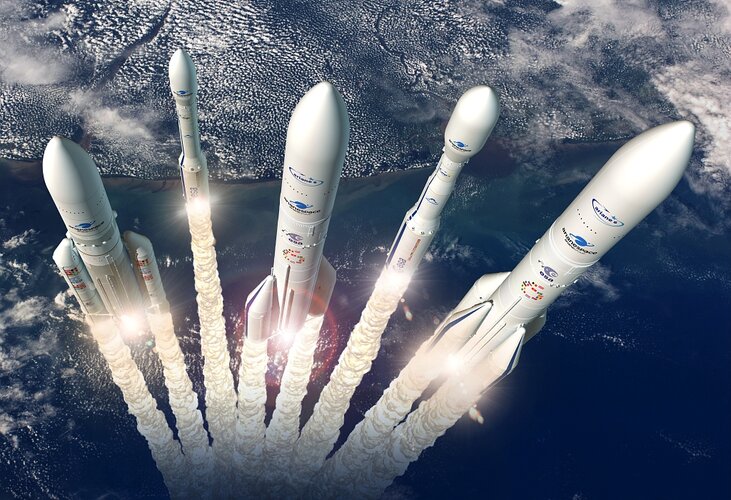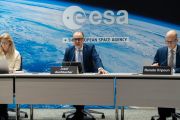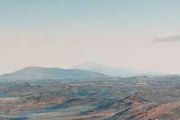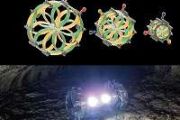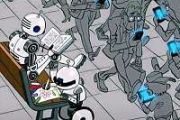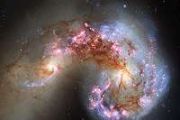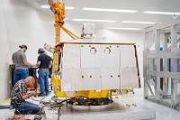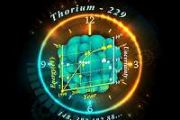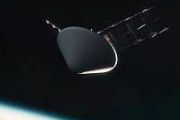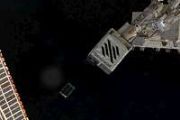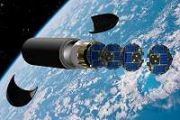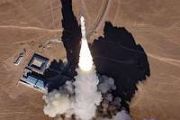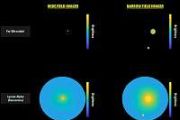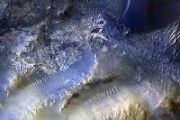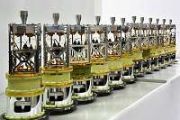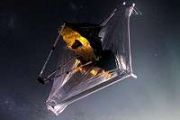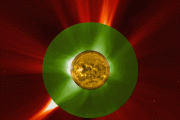
Copernical Team
Week in images: 30 August - 3 September 2021
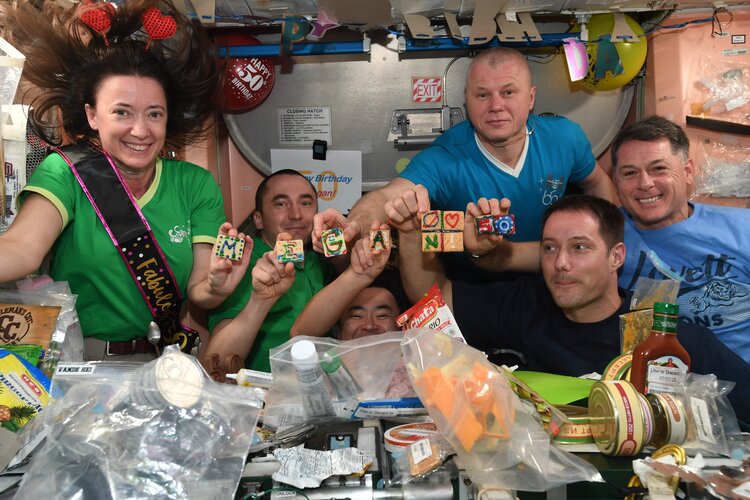
Week in images: 30 August - 3 September 2021
Discover our week through the lens
Drop tests for touchdown on Mars
 Video:
00:06:16
Video:
00:06:16
The ExoMars team have performed important parachute drop tests as crucial preparation for a safe touchdown on Mars in 2023. The European Rosalind Franklin rover will search for signs of past life beneath the surface of Mars with its unique two metre drill and onboard laboratory. The Russian surface science platform Kazachok will study the environment at the landing site. Landing on Mars is always a challenging endeavour and all possible parameters are taken into account.
More information on ExoMars: http://www.esa.int/exomars
ESA Council agrees resolution on Ariane 6 and Vega-C exploitation and future space transportation
NASA Mars rover may have snagged 1st rock sample for return
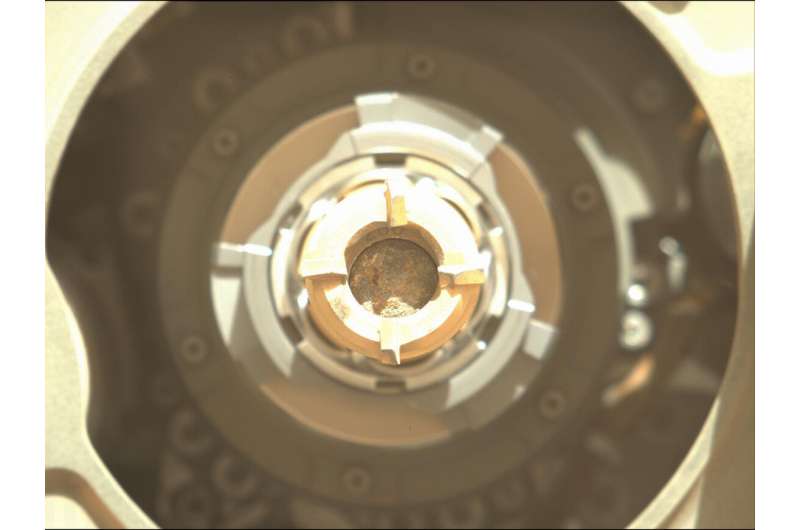
Satellite observes power outages in New Orleans
 Three days after Hurricane Ida brought fierce wind, rain, and storm surges to Louisiana, large swaths of the state are enduring electric power blackouts due to downed lines and damaged transmission towers. According to news sources, many people are also going without access to running water and gasoline due to damaged infrastructure.
A team of scientists from NASA's Goddard Space Flight Ce
Three days after Hurricane Ida brought fierce wind, rain, and storm surges to Louisiana, large swaths of the state are enduring electric power blackouts due to downed lines and damaged transmission towers. According to news sources, many people are also going without access to running water and gasoline due to damaged infrastructure.
A team of scientists from NASA's Goddard Space Flight Ce Meteosat Gen 3 takes major step towards its first launch
 After many technical and programmatic challenges, the first satellite of the next generation of the Meteosat family has taken a major step towards its first flight, currently scheduled for launch in autumn 2022.
Following on from the success of the first and second generation of Meteosat satellites, the Meteosat Third Generation (MTG) will soon take over the reins to ensure the continuity
After many technical and programmatic challenges, the first satellite of the next generation of the Meteosat family has taken a major step towards its first flight, currently scheduled for launch in autumn 2022.
Following on from the success of the first and second generation of Meteosat satellites, the Meteosat Third Generation (MTG) will soon take over the reins to ensure the continuity Ball Aerospace selected for two Landsat next studies
 Ball Aerospace was selected by NASA for two Landsat Next architecture studies: Landsat Next Instrument Study - Constellation Satellite Concept and Landsat Next Instrument - Single Satellite Concept.
The two six-month studies will look at instrument architectures and designs for the next generation of Landsat.
"Users around the world rely on the continuity and reliability of the Lands
Ball Aerospace was selected by NASA for two Landsat Next architecture studies: Landsat Next Instrument Study - Constellation Satellite Concept and Landsat Next Instrument - Single Satellite Concept.
The two six-month studies will look at instrument architectures and designs for the next generation of Landsat.
"Users around the world rely on the continuity and reliability of the Lands BlackSky secures investment from Palantir
 BlackSky announced Wednesday that Palantir Technologies Inc. has committed to making an equity investment in BlackSky, which is scheduled to close after the completion of BlackSky's business combination with Osprey Technology Acquisition Corp ("Osprey"). Following the successful completion of a joint pilot program between BlackSky and Palantir, this investment signifies the strengthening of a st
BlackSky announced Wednesday that Palantir Technologies Inc. has committed to making an equity investment in BlackSky, which is scheduled to close after the completion of BlackSky's business combination with Osprey Technology Acquisition Corp ("Osprey"). Following the successful completion of a joint pilot program between BlackSky and Palantir, this investment signifies the strengthening of a st Firefly Aerospace rocket Alpha explodes after California liftoff
 Firefly's Alpha 1 exploded minutes after lifting off from the California launch pad at Vandenberg AFB on Thursday.
The Alpha rocket was "terminated" over the Pacific Ocean shortly after its 6:59 p.m. liftoff from Vandenberg Space Force Base, according to a base statement.
Firefly said an "anomaly" occurred during the first-stage ascent that "resulted in the loss of the vehicle" about
Firefly's Alpha 1 exploded minutes after lifting off from the California launch pad at Vandenberg AFB on Thursday.
The Alpha rocket was "terminated" over the Pacific Ocean shortly after its 6:59 p.m. liftoff from Vandenberg Space Force Base, according to a base statement.
Firefly said an "anomaly" occurred during the first-stage ascent that "resulted in the loss of the vehicle" about US grounds Virgin Galactic after trajectory issue
 The US Federal Aviation Administration (FAA) on Thursday said it was grounding space flights by Virgin Galactic while it investigates why the company's July 11 voyage carrying Richard Branson deviated from its planned trajectory.
The move represents a blow to the private space company as it prepares to carry paying customers following its first fully-crewed test flight.
It is now unc
The US Federal Aviation Administration (FAA) on Thursday said it was grounding space flights by Virgin Galactic while it investigates why the company's July 11 voyage carrying Richard Branson deviated from its planned trajectory.
The move represents a blow to the private space company as it prepares to carry paying customers following its first fully-crewed test flight.
It is now unc 
